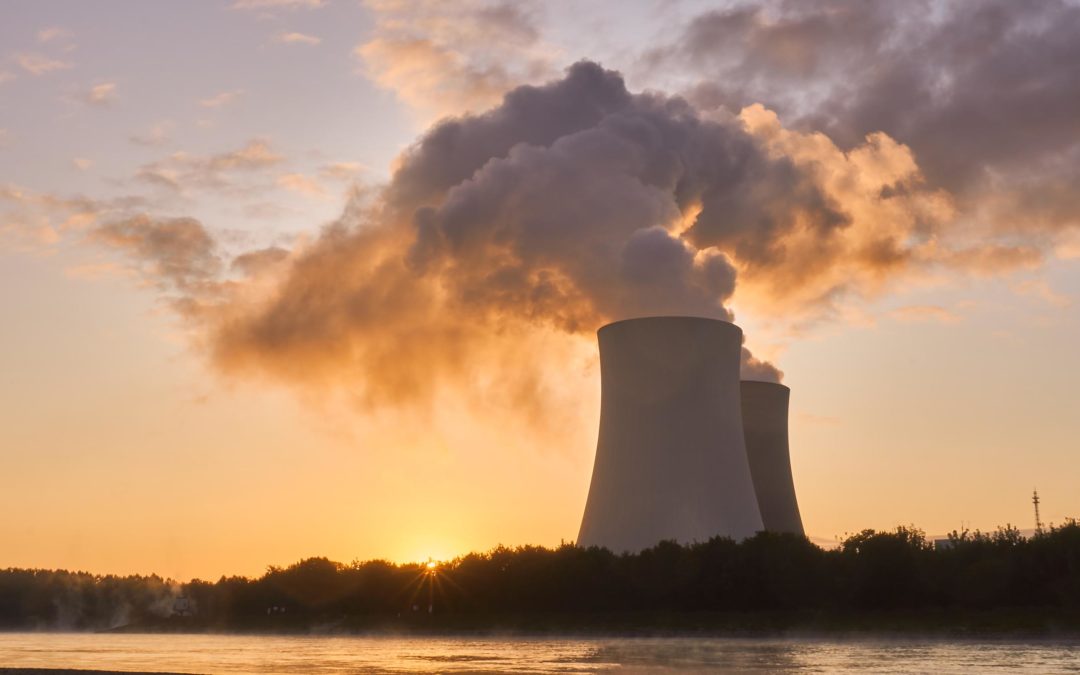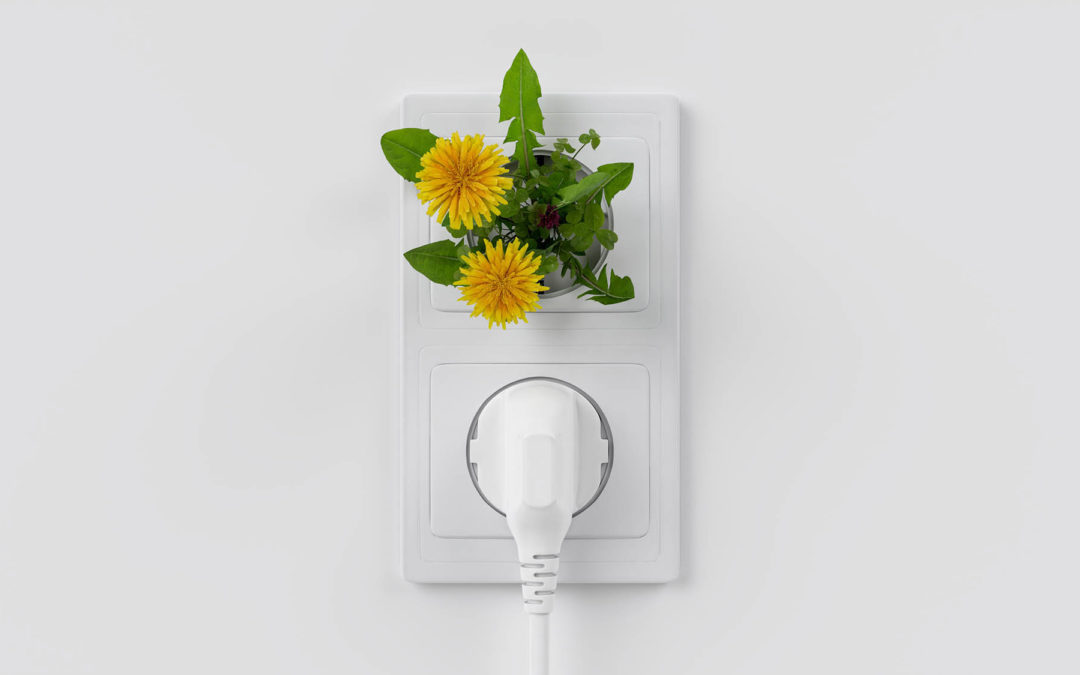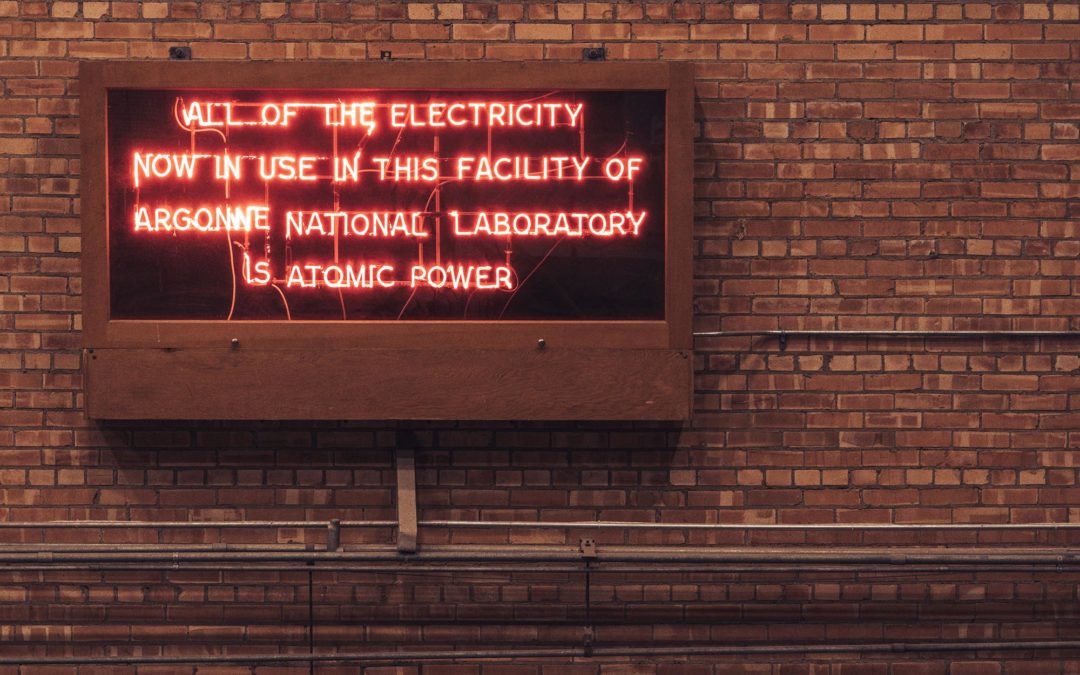
by Nick | Jan 27, 2022 | Articles
Nuclear power has an important role to play in helping the UK and world achieve net-zero CO2 emissions by 2050. All main political parties, including the Green Party of England and Wales, include some level of nuclear power when stating in their manifestos how they...

by Nick | Jan 27, 2022 | Articles
The science bit: An introduction to atomic structure and nuclear reactions The atom consists of a nucleus and electrons in orbits surrounding the nucleus. The tiny electrons are packets of energy with a negative charge whereas the nucleus consists of two particles...

by Nick | Jan 27, 2022 | Articles
Physical Footprint comparison: nuclear, solar & wind The power density for nuclear is about 1000W/m2 compared with 2-3 W/m2 for wind and 100 W/m2 for solar (data taken from here). If the differences in capacity factors are taken into account these values suggest...

by Nick | Jan 27, 2022 | Articles
Radiation Radiation is ubiquitous. We are all constantly exposed to varying levels of ionizing radiation. It comes from natural radon gas (from decaying natural uranium in the ground), cosmic radiation (from the interaction between photons & alpha particles from...

by Nick | Jan 27, 2022 | Articles
Nuclear Lifetime Extensions and Uprating Plant lifetime extensions and retirements Most nuclear power plants originally had a nominal design operating lifetime of 25 to 40 years, but engineering assessments have established that many can operate longer. By the end of...







Recent Comments